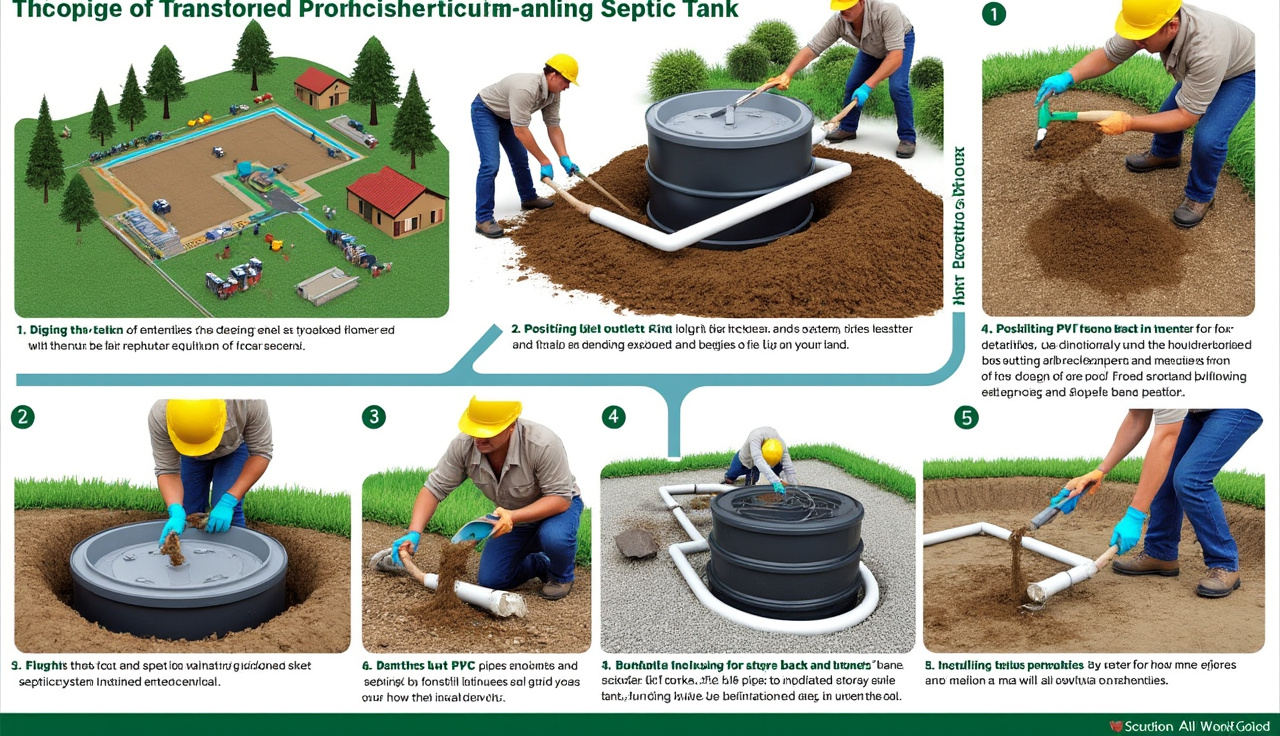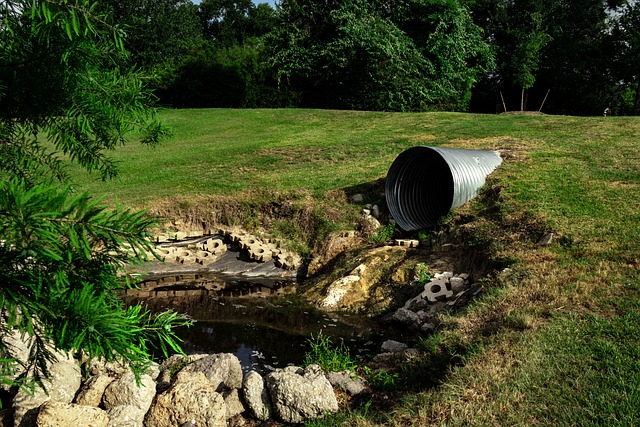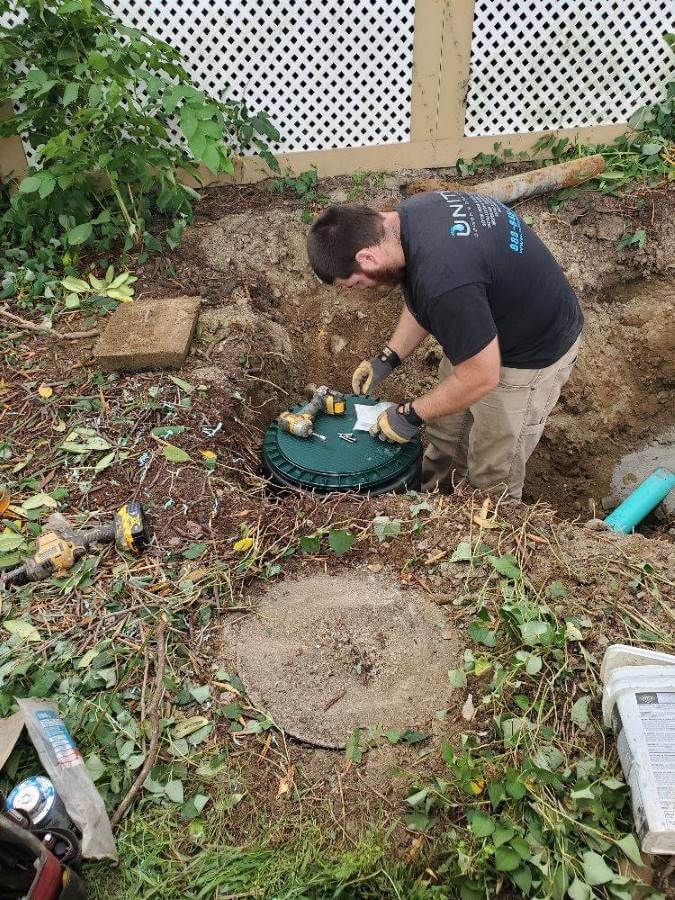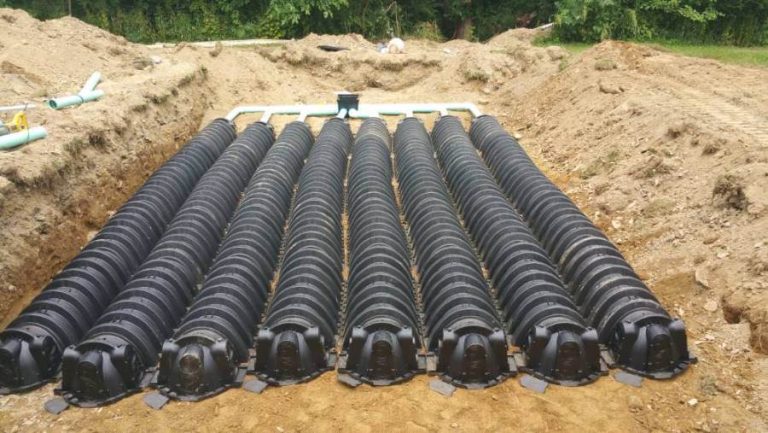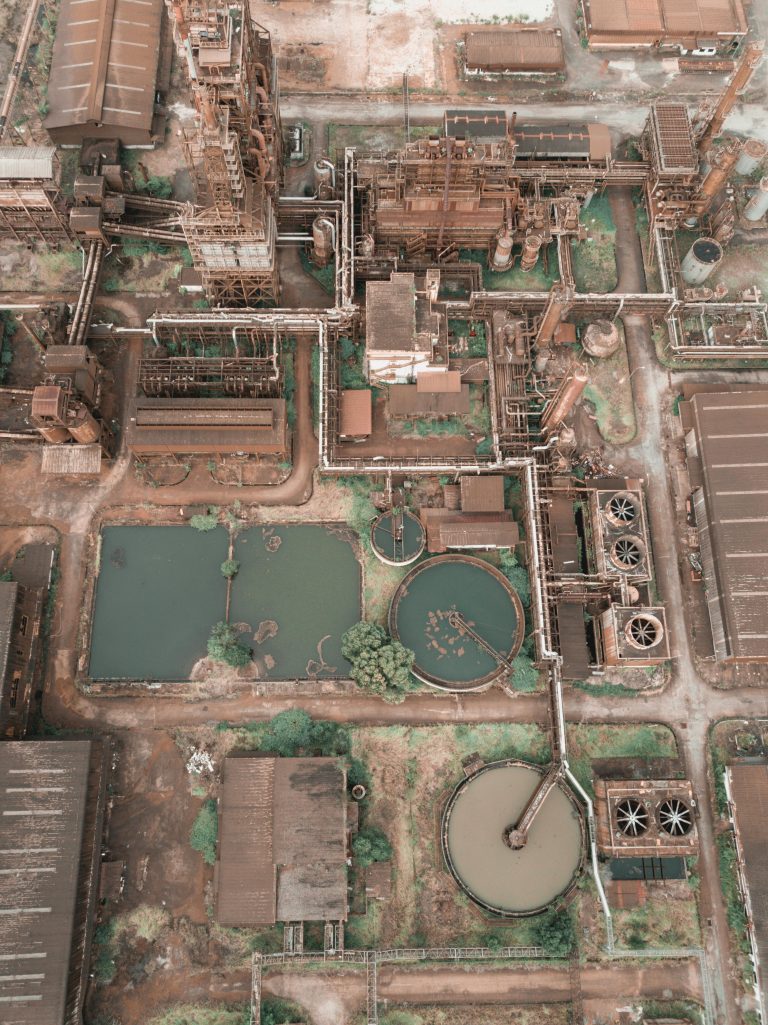How to Install Septic System: A Complete Step-by-Step Guide
How to Install Septic System? Installing a septic system is essential for safely handling wastewater, particularly in places that lack municipal sewage services. A septic system collects and treats waste from your home underground, ensuring proper disposal while protecting the environment.
Understanding how to install a septic system helps you follow local laws and avoid costly repairs down the line. In this step-by-step video guide, we’ll break down the entire process, from site evaluation to installation and maintenance. Get ready to dive into practical tips and insights that will make your septic system installation a breeze!
Table of Contents
Preparing for Installation How to Install Septic System

Site Evaluation
Before you start digging, it’s essential to evaluate your site. You want to find the best spot for your septic system. Look for enough space away from water sources like lakes or streams. Here are some key factors to consider:
- Soil Type: The soil is crucial for a successful installation. You need to do a percolation test to see how well the soil absorbs water. If the soil is too sandy or clay-like, it can affect how well your septic tank and drain field work. For example, if the soil drains slowly, the septic design may need adjustments to prevent backups.
- Water Table: Check how deep the water table is. If it’s too high, it can lead to contamination of your water supply. You need to ensure that your septic system can drain properly without risking pollution.
Local Regulations
Understanding the rules in your area is just as important as choosing the right spot. Local regulations can help you avoid problems later on. Here’s what to keep in mind:
- Consulting Local Health Departments: They can guide you on the septic permits you need, as well as zoning laws that may affect your installation. You don’t want to start your project only to find out you’re breaking the rules!
- Engaging with Professional Inspectors: It’s a smart move to work with professionals who know what to look for. They can help you make sure you’re following all local compliance rules, ensuring your installation is smooth and legal.
By taking these steps in your preparation, you’ll set a solid foundation for your septic system installation. Remember, a little planning can save you a lot of trouble down the road!
Installation Process

Excavation and Tank Placement
The first step in how to install a septic system is to prepare the site. This involves excavation and tank placement. You’ll want to use the right excavation equipment to dig out the area where your septic tank will go. Make sure the leach field is positioned correctly so that water can drain away efficiently.
When choosing between a gravity system or other alternatives, consider your landscape and soil conditions. A gravity system is often the most straightforward and cost-effective option, especially if your land is flat.
Pipe Layout and System Components
Next, focus on the pipe layout and system components. Start by laying out drainage pipes correctly to guide wastewater from your septic tank to the drain field. Proper alignment is crucial to avoid clogs and ensure everything flows smoothly.
It’s also important to determine the right septic tank size. This depends on your household’s wastewater output and the local regulations. Too small a tank can lead to backups, while one that’s too large might be an unnecessary expense.
Tips for a Successful How to Install Septic System
When considering installation, think about whether to go the DIY septic system route or hire a professional. Weighing the pros and cons is essential. A professional might ensure everything complies with local regulations, while a DIY approach can save you money if you have the right skills.
Don’t forget about long-term maintenance! Regular pumping and inspections are vital for keeping your system running smoothly. Make a maintenance schedule to check on your system and avoid future issues.
Wrapping Up Your Septic System Journey
Installing a septic system may seem daunting, but with this guide, you’re well on your way to success. Remember, the right preparation and knowledge can make all the difference. Whether you decide to tackle it yourself or consult professionals, I encourage you to reach out to United Sewer & Septic for expert support.
Serving Orange County, Rockland County, and Sullivan County, we’re here to help you every step of the way. Request your estimate now by filling out the form on our website or give us a call! Your reliable wastewater solution is just a click or a call away.

